Chaozhou, a city nestled in the eastern Guangdong Province of China, is renowned not only for its rich cultural heritage but also for its vibrant culinary scene. Renowned as one of the birthplaces of Cantonese cuisine, Chaozhou’s street food culture is a fascinating blend of history, innovation, and regional flavors. From savory snacks to delicate desserts, the city’s culinary offerings reflect centuries of tradition and the ingenuity of its people. This article delves into the world of Chaozhou’s iconic street foods, exploring their origins, unique characteristics, and the cultural significance that makes them indispensable to the city’s identity.
Chaozhou Beef Balls (Chaoshan Niurouwan)
No discussion of Chaozhou’s street food would be complete without mentioning its legendary beef balls. Crafted from tenderloin or sirloin, these tender, bouncy delights are pounded into a paste, seasoned with salt, pepper, and sometimes a touch of sugar, then shaped into perfect orbs. The secret to their texture lies in the meticulous preparation—the meat is minced and kneaded until it develops a springy consistency, almost resembling fish balls but with a deeper, beefier flavor.
Chaozhou beef balls are typically served in a clear, aromatic broth flavored with beef bones, ginger, and sometimes a hint of Chinese five-spice. The dish is often garnished with fresh cilantro, fried garlic, and a drizzle of chili oil for those who crave heat. Locals often pair it with a side of youtiao (deep-fried dough sticks) or miantiao (thin noodles) to create a hearty meal. What sets Chaozhou beef balls apart is their simplicity; the focus on fresh ingredients and minimal seasoning allows the natural taste of the meat to shine.
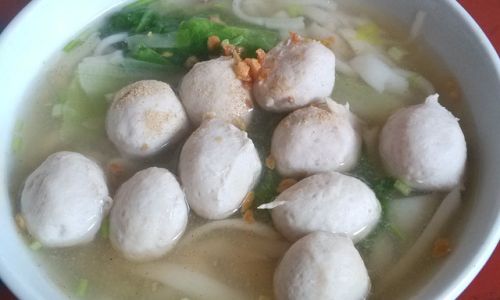
Chaozhou Spring Rolls (Chaojuan)
Chaozhou spring rolls, or chaojuan, are a testament to the city’s knack for transforming humble ingredients into golden, crispy masterpieces. Unlike their heavier, greasier counterparts in other regions, Chaozhou spring rolls are lighter and more refined. The filling typically consists of marinated pork, shredded jicama (a crisp, mildly sweet root vegetable), carrots, mushrooms, and bean sprouts, all stir-fried together with soy sauce and a touch of sugar.
The wrapper, made from a thin rice flour batter, is cooked until translucent and pliable, then filled and rolled into a tight cylinder. The rolls are then deep-fried until golden brown, resulting in a crunchy exterior that gives way to a savory, slightly sweet interior. Served with a dipping sauce made from vinegar, chili, and minced garlic, chaojuan are a beloved snack enjoyed throughout the day, from breakfast to late-night cravings.
Oyster Omelette (Háozhēng)
Chaozhou’s coastal location grants it access to some of the freshest seafood, and the háozhēng (oyster omelette) is a prime example of this bounty. This dish features plump, briny oysters nestled in a lacy network of eggs and sweet potato starch, fried to a crispy perfection. The starch gives the omelette its signature chewy texture, while the oysters provide a burst of oceanic flavor.
The cooking process is a delicate dance: the oysters are briefly blanched to remove any impurities, then combined with a batter of eggs, starch, and water. The mixture is poured into a sizzling hot pan, where it crisps up at the edges while remaining tender in the center. The omelette is typically served with a side of fish sauce, chili paste, and a sprinkle of cilantro, balancing the richness of the eggs with tangy and spicy notes.
Glutinous Rice Rolls (Zhēngfěn Guǒ)
Zhēngfěn Guǒ, or glutinous rice rolls, are a breakfast staple in Chaozhou. These soft, chewy rolls are made by steaming a mixture of glutinous rice flour and water into a pliable dough, which is then rolled out and filled with a sweet or savory mixture. Common fillings include crushed peanuts, sesame seeds, and sugar for the sweet version, or preserved vegetables, mushrooms, and minced pork for the savory option.
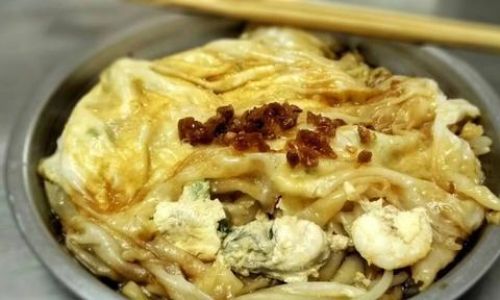
The rolls are wrapped in banana leaves or parchment paper and steamed until fragrant. The result is a comforting, slightly sticky treat that pairs perfectly with a cup of Chaozhou gongfu tea. The balance of textures—the chewy exterior and the crunchy, aromatic filling—makes zhēngfěn guǒ a beloved morning ritual.
Braised Goose (Lǎo Chǎo Gē)
Chaozhou’s lǎo chǎo gē (braised goose) is a dish that exemplifies the city’s mastery of slow-cooked meats. The goose is marinated in a blend of soy sauce, star anise, cinnamon, garlic, and sugar, then braised for hours until the meat becomes tender and infused with a rich, caramelized flavor. The skin takes on a glossy, amber hue, while the meat remains moist and succulent.
Traditionally served cold or at room temperature, braised goose is often sliced thinly and arranged on a plate with cilantro and a side of garlic vinegar dipping sauce. The dish is a centerpiece of Chaozhou banquets and festivals, symbolizing prosperity and good fortune. Its complexity of flavor—sweet, salty, and aromatic—makes it a standout even among Chaozhou’s many culinary stars.
Rice Noodle Rolls (Guǒtiáo)
Guǒtiáo, or rice noodle rolls, are a ubiquitous street food in Chaozhou, enjoyed at any time of day. Made from a thin batter of rice flour and water, the batter is steamed on a cloth-lined tray to create a delicate, translucent sheet. The sheet is then rolled around a filling of shrimp, beef, or vegetables, creating a soft, silky parcel.
The rolls are typically served with a sweet soy sauce, sesame oil, and a sprinkle of toasted sesame seeds. Some variations include a spicy chili oil or a dollop of fermented bean paste for added depth. The simplicity of guǒtiáo belies its appeal—the combination of tender rice noodles and savory fillings is both comforting and satisfying.
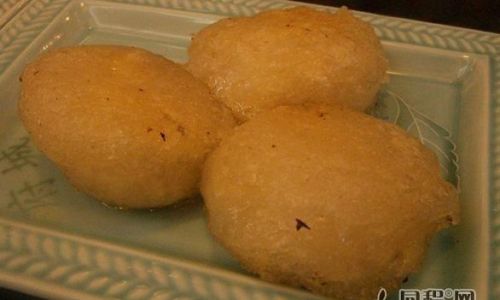
Sticky Rice Chicken (Nuòmǐ Jī)
Nuòmǐ jī is a dish that showcases Chaozhou’s ability to elevate humble ingredients into something extraordinary. A whole chicken is stuffed with a mixture of glutinous rice, Chinese sausage, mushrooms, and chestnuts, then roasted until the skin is crispy and the meat is fall-off-the-bone tender. The rice absorbs the chicken’s juices during cooking, becoming infused with a smoky, savory flavor.
The dish is often served in slices, with the rice mixture presented alongside the chicken. It’s a hearty, celebratory dish that’s perfect for sharing with family and friends. The balance of textures—the crispy skin, tender meat, and fragrant rice—makes nuòmǐ jī a favorite at special occasions.
Turnip Cakes (Cǎiyuè Bǐng)
Cǎiyuè bǐng, or turnip cakes, are a beloved Chaozhou snack made from shredded daikon radish, rice flour, and dried shrimp. The radish is salted and left to drain, then mixed with rice flour and aromatics like garlic and chili. The mixture is steamed until firm, then sliced and pan-fried until golden and crispy.
The result is a dish that’s crispy on the outside and soft on the inside, with a subtle sweetness from the radish and a savory kick from the dried shrimp. Cǎiyuè bǐng is often served with a dipping sauce made from soy sauce, vinegar, and chili, making it a perfect accompaniment to tea or beer.
Sweet Soup Desserts (Tángshuǐ)
Chaozhou’s tángshuǐ, or sweet soups, are a soothing conclusion to any meal. These desserts often feature ingredients like red beans, tapioca pearls, lotus seeds, and taro, simmered in a syrup flavored with rock sugar, pandan leaves, or ginger. One popular variety is tāngyuán (glutinous rice balls), which are served in a warm, fragrant broth.
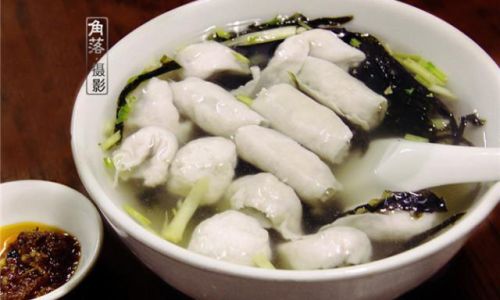
Another favorite is chè thái, a Thai-inspired dessert that combines coconut milk, jelly, and tropical fruits like mango and lychee. The sweetness is subtle and balanced, never cloying, making tángshuǐ the perfect way to end a spicy or savory meal.
Tea-Smoked Duck (Cháyān Yā)
Cháyān yā is a dish that highlights Chaozhou’s deep connection to tea culture. A whole duck is marinated in a blend of soy sauce, star anise, and tea leaves, then smoked over a low fire using Chaozhou’s famous Phoenix Dan Cong oolong tea. The smoking process imparts a delicate, smoky aroma to the meat, while the tea leaves add a floral, slightly bitter note.
The duck is typically served thinly sliced, with a side of plum sauce or a dipping sauce made from soy sauce and ginger. The skin is crispy, and the meat is tender, with a complex flavor profile that lingers on the palate.
Cultural Significance of Chaozhou Street Food
Chaozhou’s street food culture is deeply intertwined with its history and social fabric. Many of these dishes originated as humble meals for fishermen, farmers, and laborers, designed to provide sustenance and energy for long days of work. Over time, they evolved into culinary treasures, preserved through generations and adapted to suit modern tastes.
The city’s street food stalls, or dàpáidàng, are more than just places to eat—they are community hubs where locals gather to share stories, news, and laughter. The act of eating together fosters a sense of belonging, reinforcing the importance of food in Chaozhou’s cultural identity.

Conclusion
Chaozhou’s street food is a reflection of its people: resilient, creative, and deeply connected to their roots. From the humble beef ball to the elaborate braised goose, each dish tells a story of tradition, innovation, and the enduring power of flavor. Whether you’re a food enthusiast or a curious traveler, exploring Chaozhou’s culinary landscape is an adventure that tantalizes the taste buds and nourishes the soul. So the next time you find yourself in this vibrant city, don’t just visit the landmarks—immerse yourself in its streets, where the aroma of sizzling spring rolls and the sizzle of oyster omelettes await to introduce you to the heart of Chaozhou.
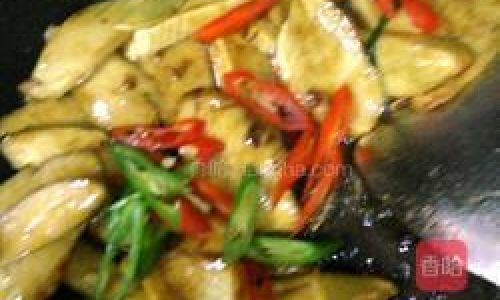
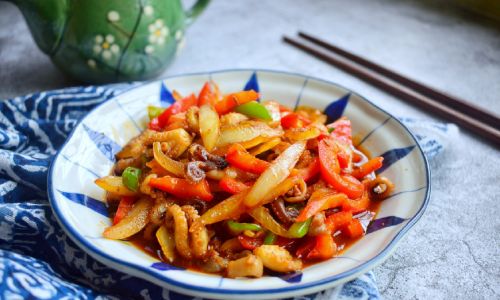
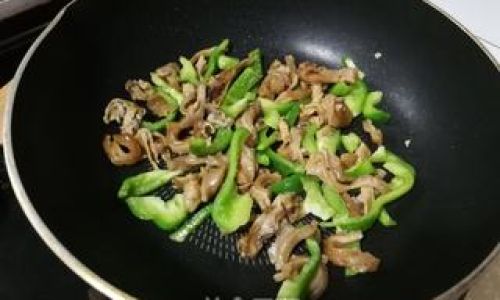
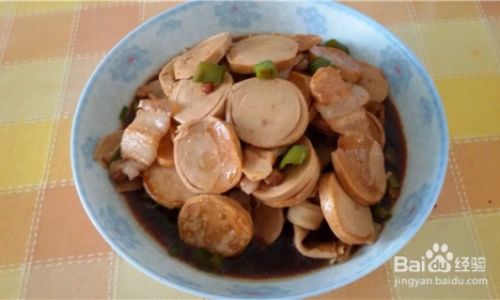
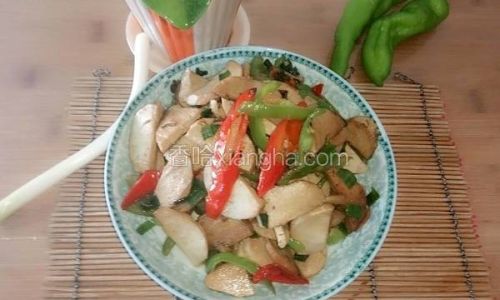
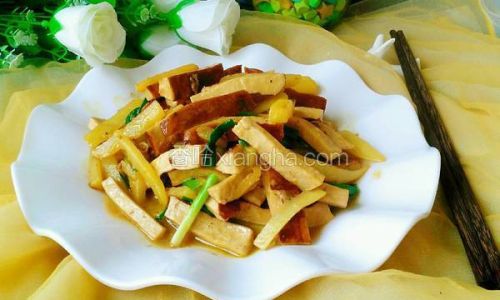
0 comments